Digital Classroom
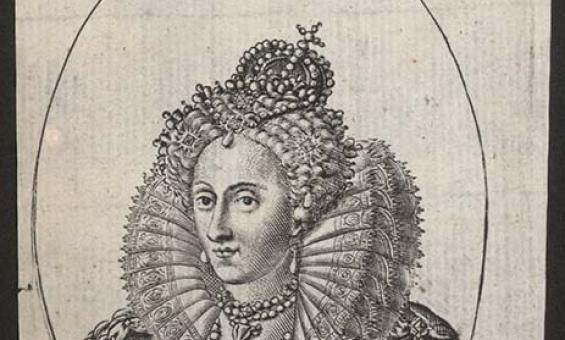
(1600). Elizabetha D.G. Regina Ang. Fran. et Hib., nla.gov.au/nla.obj-136050723
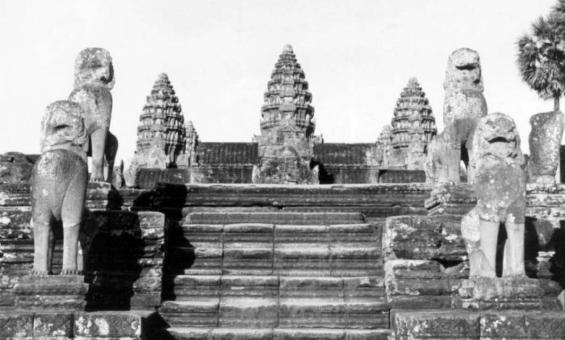
Yves Coffin, [Angkor Wat, perron of main temple and sculptures], nla.gov.au/nla.obj-140376052
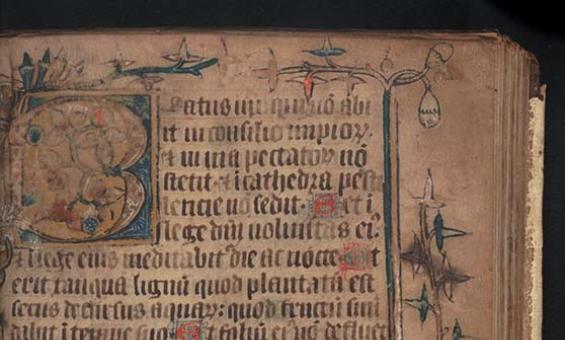
Detail from (1330). Illuminated Psalter, 1330-1350 [manuscript]. nla.gov.au/nla.obj-182166477
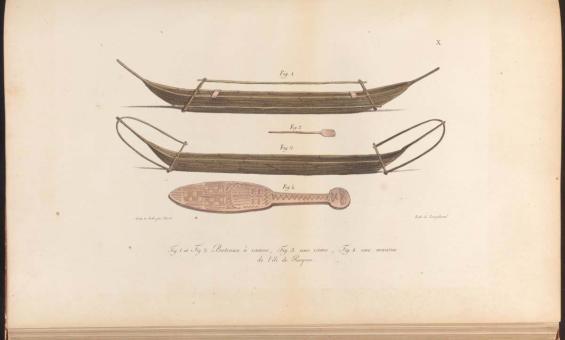
Choris, Louis, 1795-1828. Voyage pittoresque autour du monde & Choris, Louis, 1795-1828. (1822). [Canoes, and a club from Easter Island], nla.gov.au/nla.obj-136165362
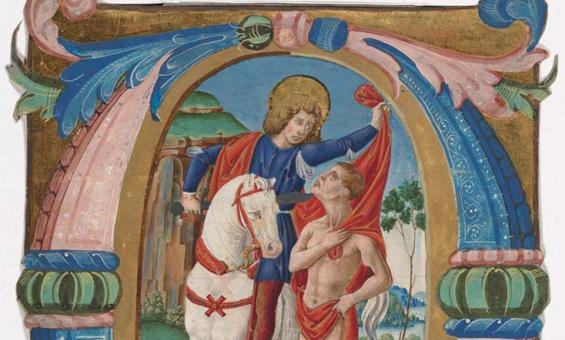
([14--?]). Early Flemish, German, Italian, Spanish, French woodcuts. /Item PIC/14340/41,. nla.gov.au/nla.obj-2902124787
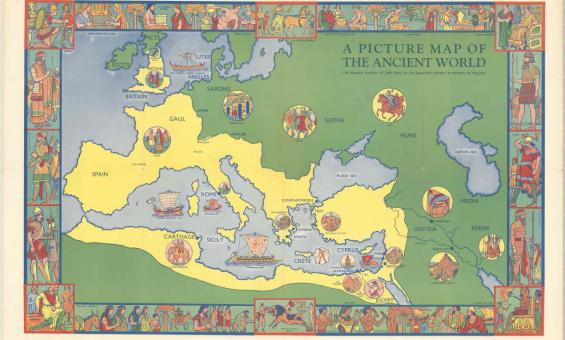
Ellis Luciano Silas & Evans Brothers Ltd, (1939), A picture map of the ancient world / specially painted by Ellis Silas, nla.gov.au/nla.obj-2378561352
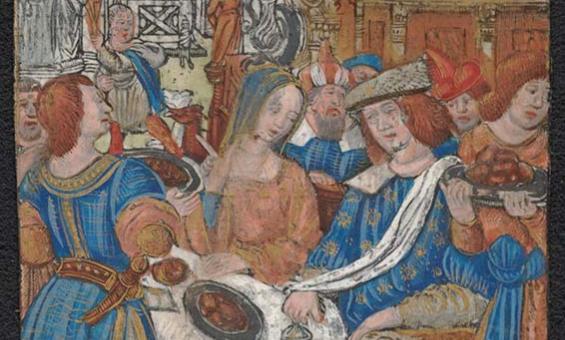
PIC MSR 14/8/2 #PIC/14340/1-51-Early Flemish, German, Italian, Spanish, French woodcuts, nla.gov.au/nla.obj-2902124119
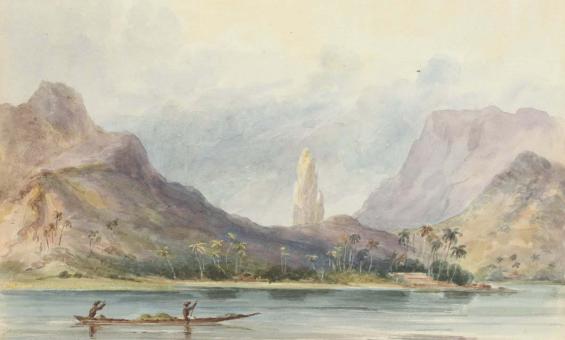
Nicholas Chevalier, (1868), Otaheite [i.e. Tahiti], nla.gov.au/nla.obj-134623111
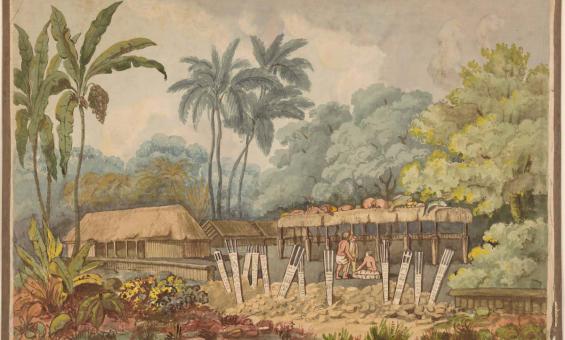
John Williams & John Webber & James Cook, A human sacrifice in a morai in Otaheite, nla.gov.au/nla.obj-136423378
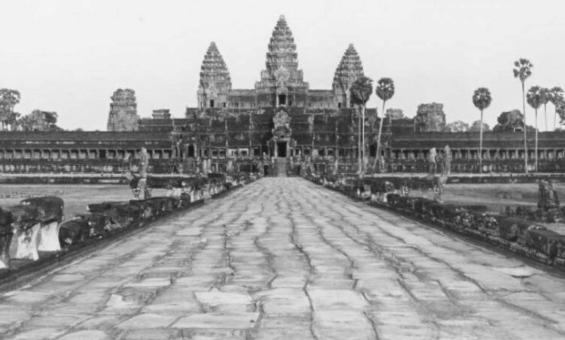
Yves Coffin, [Angkor Wat, view of main temple from western side], nla.gov.au/nla.obj-140376204
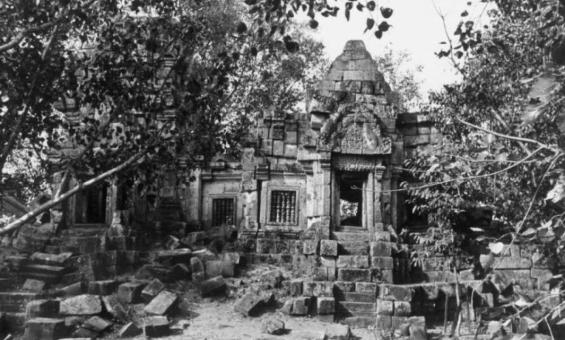
Yves Coffin, [Wat Ek, comprehensive view, southern side], nla.gov.au/nla.obj-140371255
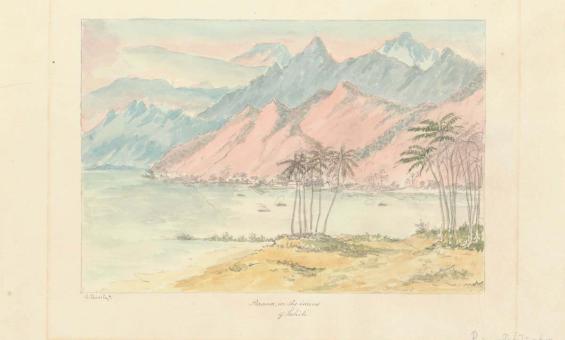
Charles Hamilton Smith & Robert Elwes, Sketcher's tour round the world. Parana in the island of Tahiti, nla.gov.au/nla.obj-136489091